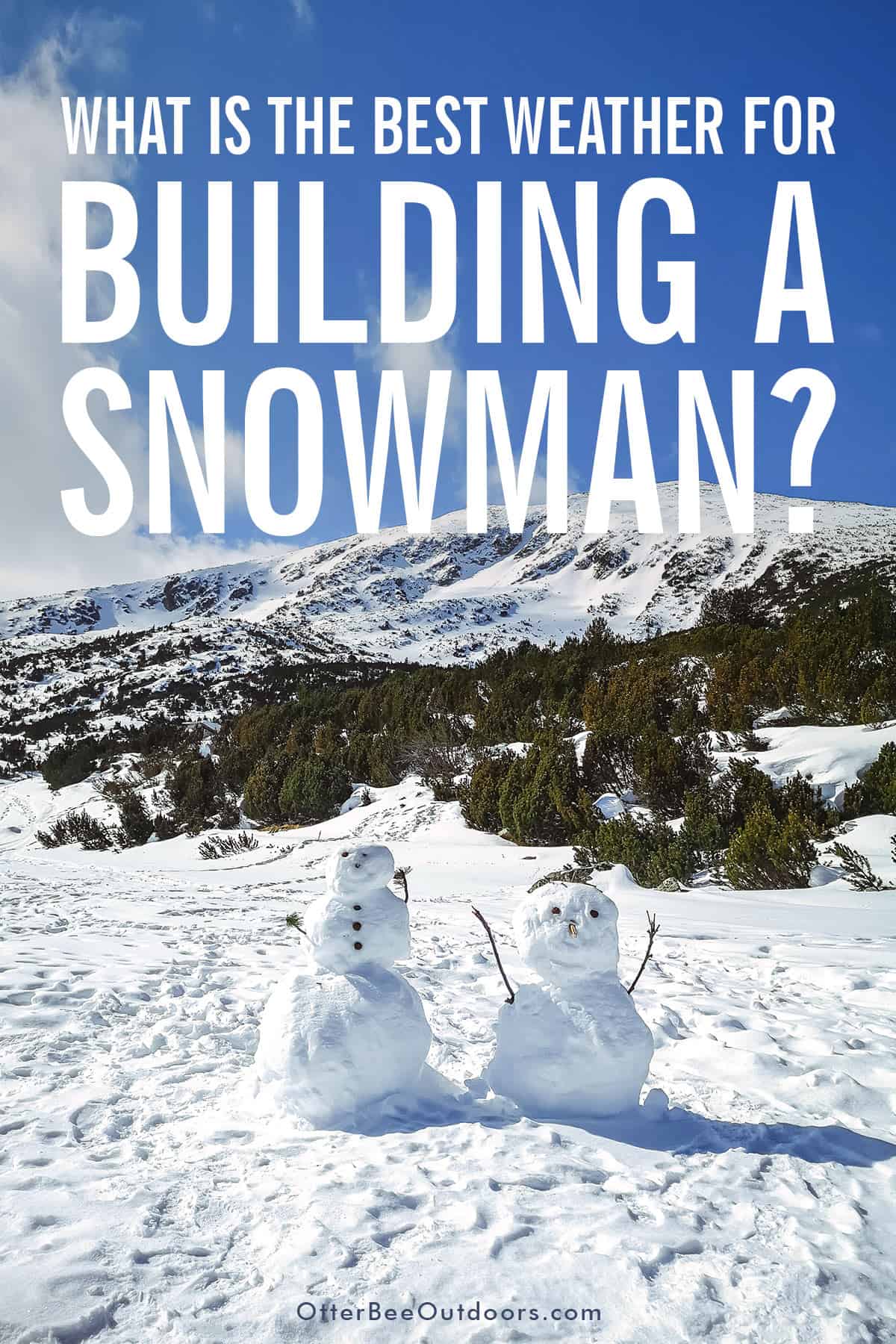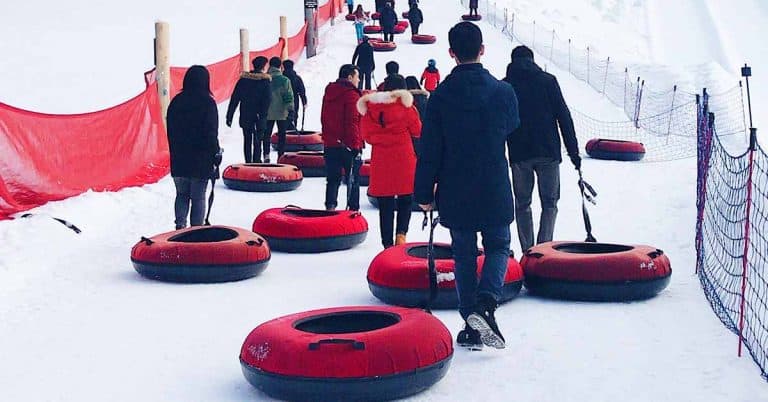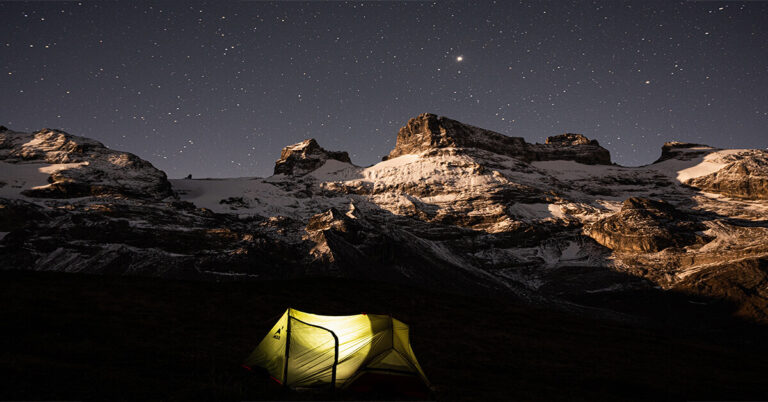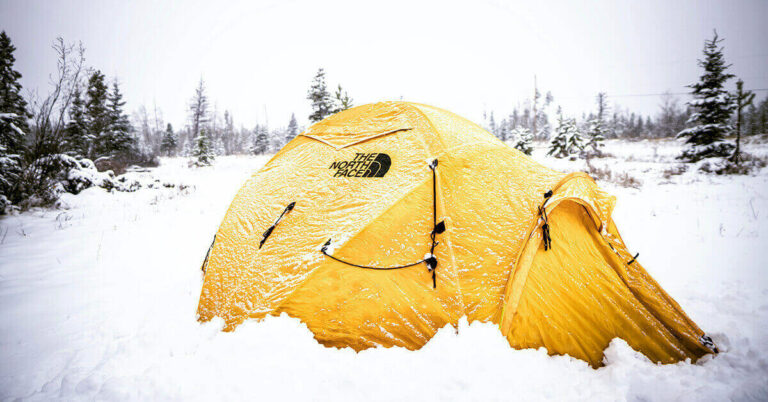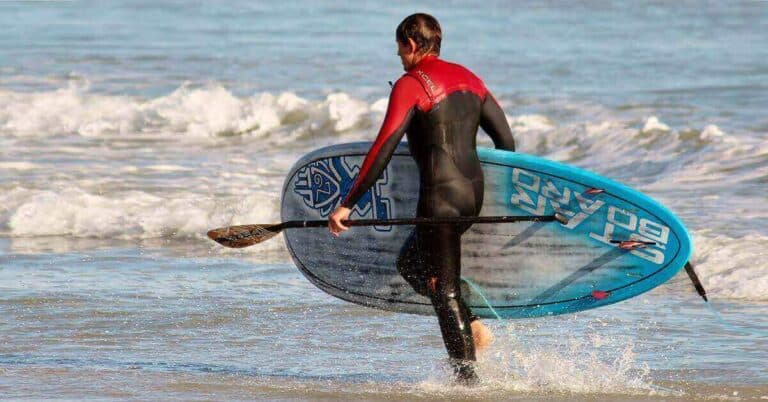Disclosure: I am compensated for purchases made through some links on this site. Click for details.
Building the perfect snowman begins with snow that packs together nicely. If the snow is too dry, it won’t hold together and falls apart. If it’s too wet, you have slush. How do we identify the best weather for building a snowman?
Snowflakes that fall around 32 degrees Fahrenheit (–2 °C) have the best moisture content and crystalline structure for building a snowman. It’s at this temperature that we find snowflakes called stellar dendrites. These classically branching snowflakes provide the right surface size, structure, and moisture to bind with ease.
Let’s take a more detailed look into how snowflake type and temperature play into building your snowman.
Snow Moisture Content: Too Wet or Too Dry
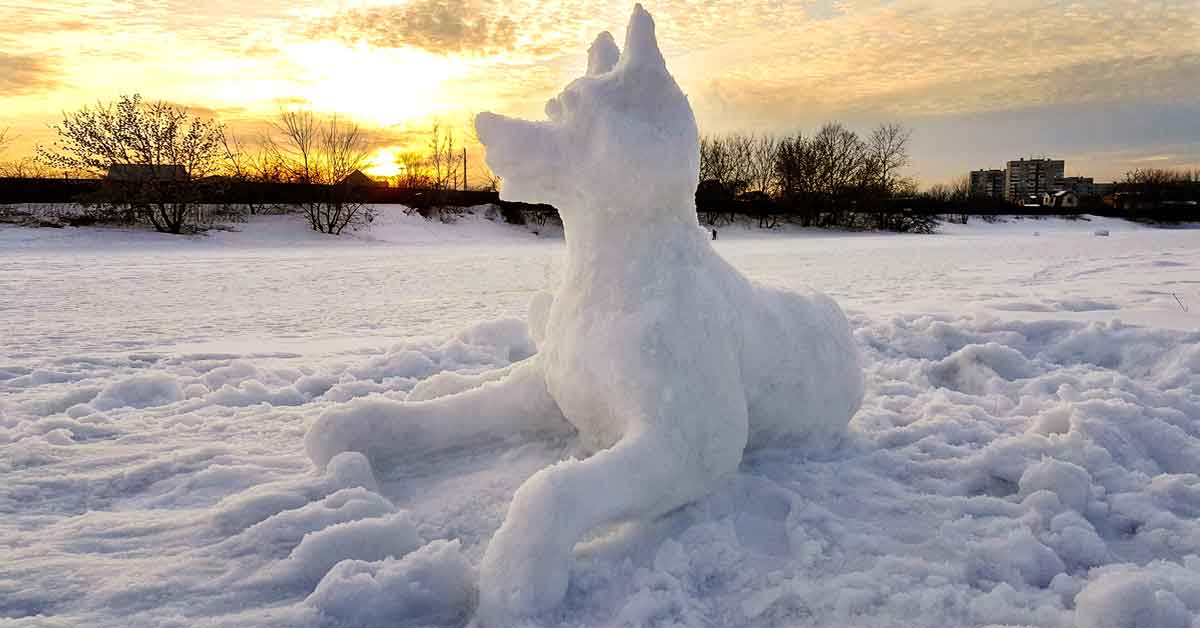
The moisture content of snow can affect your ability to make a snowman. It can be too wet or too dry to pack together well. There are classifications for snow based on its moisture content.
Snow comes in five categories based on the percentage of water in relation to ice crystal or snowflake.
- Dry – 0% water
- Moist – less than 3% water
- Wet – 3% to 8% water
- Very Wet – 8% to 15% water
- Slush – more than 15% water
Moist to wet snow that falls when the temperature is around 32 degrees is best for building a snowman. Moisture is the glue that binds the snow together to hold the snowman’s shape.
Building a Snowman: Not Every Snowflake Is Equal
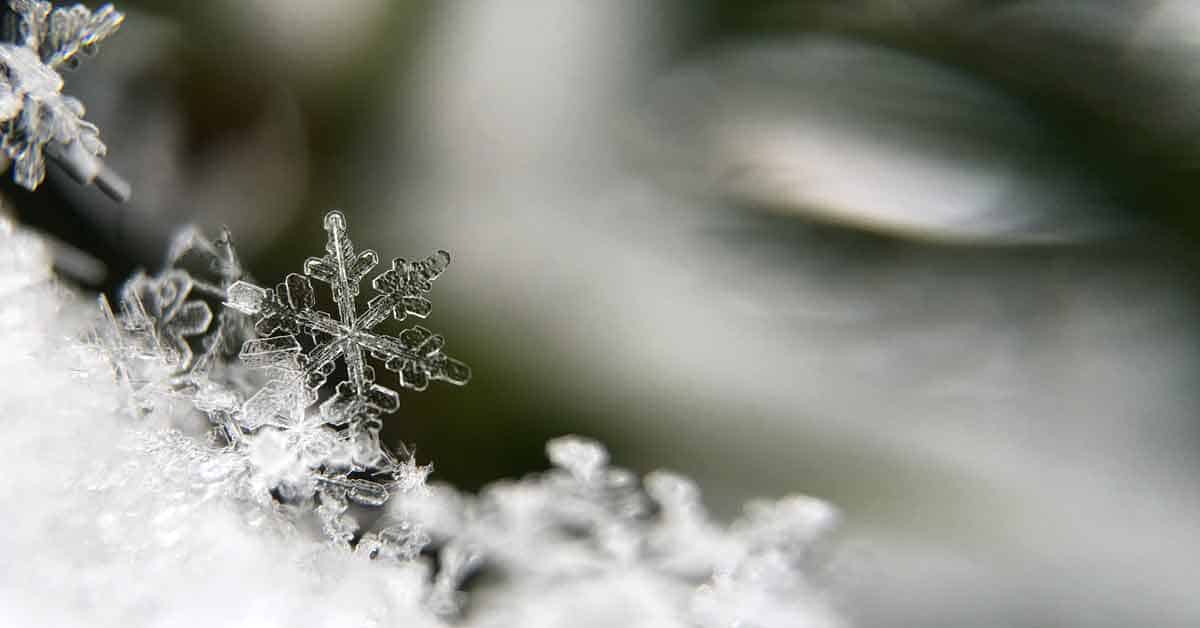
Not every snowfall is ideal for snowman building. The best snowfall is made up of a particular type of snowflake.
Snowflakes or snow crystals are ice crystals. They have different shapes based on the temperature and the number of water molecules in the air (the supersaturation).
The most common of all snowflakes are Stellar Dendrites. It’s that classic snowflake shape that we think of at Christmas. And guess what?! It’s the best type for building snowmen, snowballs, and snow forts! How lucky is that?!
Stellar dendrites are larger snowflakes, typically 2-4 mm in diameter, that form when the temperature is around 32 degrees Fahrenheit and also around 5 degrees Fahrenheit (–15 °C). We want the ones that form around 32 degrees. These are the snowflakes that have the right moisture content for sticking together and forming a snowman, typically 3% to 8% water.
As the temperature gets colder, the snow gets dryer. Dry snow doesn’t hold together well. On the other hand, too much moisture and you have slush. That’s no good either.
Conclusion
Maybe you’re a big kid like me or you’re looking out for your kiddos, you’ll want to pay attention to the weather before heading out to build your snowman. Keep your eye out for a snowfall that occurs between 30 and 34 degrees. This will be moist to wet snow that holds together easily. Slushy snow or dry snow won’t work for creating your enviable snowman.
